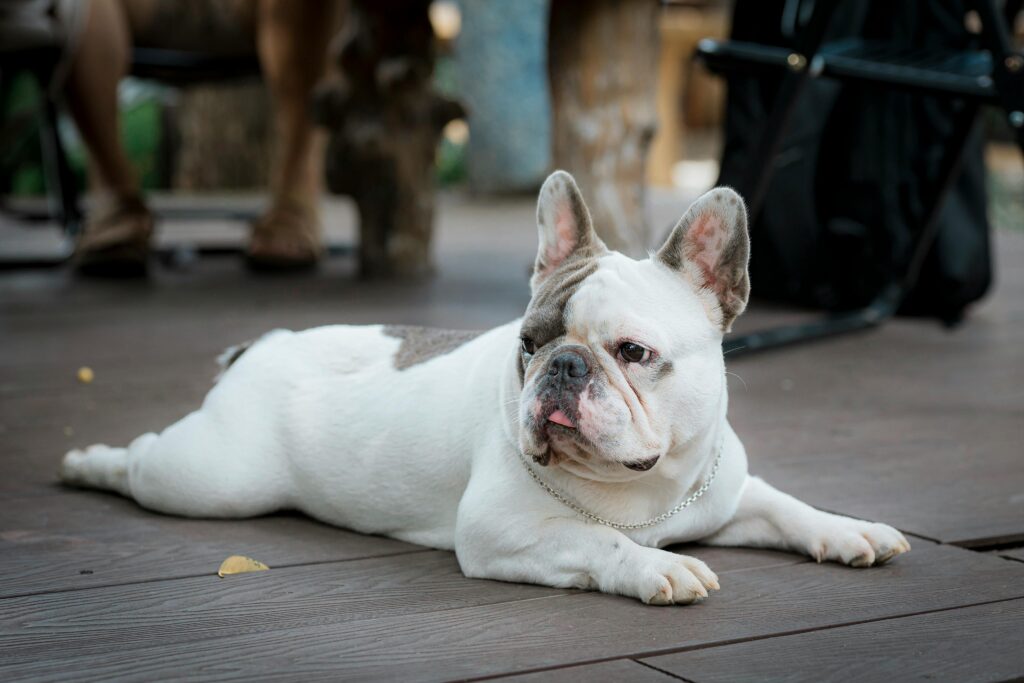
Building trust with a nervous or shy puppy takes patience, compassion, and consistency. Puppies that are timid or fearful often need extra time to feel safe and confident in their new environment. This guide will help you understand their behavior and offer practical steps to gain their trust and help them thrive.
Understand the Root of Their Fear
Puppies can be nervous for several reasons—lack of early socialization, traumatic experiences, or simply a shy temperament. Understanding their background or breed tendencies can give you insight into their behavior. Fearful puppies may hide, avoid eye contact, flinch at sudden movements, or tremble when approached. Recognizing these signs is the first step toward helping them.
Create a Safe and Quiet Space
Give your shy puppy a quiet, designated area where they feel secure. This can be a cozy corner with a soft bed, crate, or playpen. Limit loud noises and high-traffic areas. Let them explore this space freely and come out on their own terms. Avoid forcing interaction—let them observe and get comfortable at their pace.
Approach Gently and Stay Low
Always approach your puppy calmly and from the side rather than directly. Crouch down to their level, avoid sudden movements, and use a soft tone. Hold out your hand and let them come to you. Don’t rush physical contact. Allow your puppy to sniff you and make the first move.
Use Treats to Build Positive Associations
Treats are powerful tools when building trust. Reward your puppy for any brave behavior, such as approaching you, making eye contact, or exploring new areas. Keep treats small and frequent. Associating your presence and actions with rewards helps reduce fear and creates a bond based on positivity.
Let Your Puppy Set the Pace
Every puppy is different—some may warm up in days, while others take weeks. Let your puppy decide when they’re ready to engage. If they retreat, don’t follow them or force interaction. Respecting their boundaries shows them you’re safe and trustworthy.
Engage in Low-Pressure Play
Toys like soft balls or gentle tug ropes can encourage interaction. Start by placing toys near your puppy and let them explore on their own. Once they feel more relaxed, engage in short, positive play sessions. Avoid overwhelming them with high-energy games early on.
Establish a Routine
Consistency helps nervous puppies feel secure. Feed, walk, and interact with them at the same times each day. Routines build confidence by creating predictability in their world. Over time, this stability reassures them that they are safe and cared for.
Introduce New People and Environments Slowly
Once your puppy starts gaining confidence with you, slowly introduce them to new people, places, and sounds. Keep early interactions short and positive. Use treats and praise to make these experiences enjoyable. Gradual exposure helps prevent fear-based behaviors later in life.
Use Calming Tools if Needed
Calming aids like anxiety wraps, pheromone diffusers, or relaxing music can help reduce stress. Talk to your vet about safe options if your puppy shows extreme anxiety. However, these should complement—not replace—gentle socialization and trust-building techniques.
Celebrate Progress, No Matter How Small
Building trust with a nervous puppy is a journey made of tiny wins. Celebrate each step—whether it’s a wagging tail, a brave step forward, or a gentle nuzzle. These moments are signs that your patience and love are working.
Final Thoughts
A shy or nervous puppy needs your time, understanding, and gentle encouragement. By creating a calm environment, using positive reinforcement, and allowing your puppy to progress at their own pace, you can build a strong, lasting bond. With your support, even the most timid puppy can grow into a confident, loving companion.
